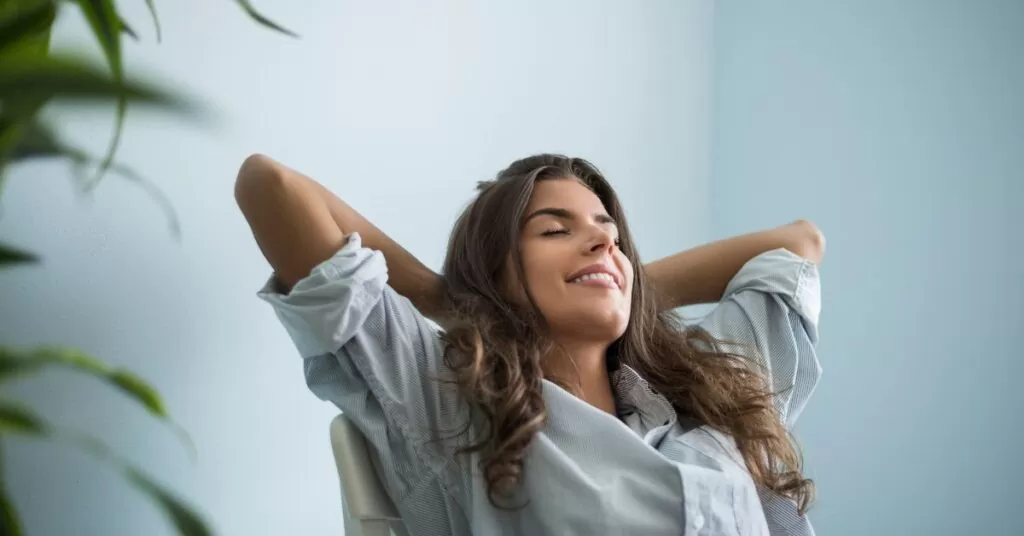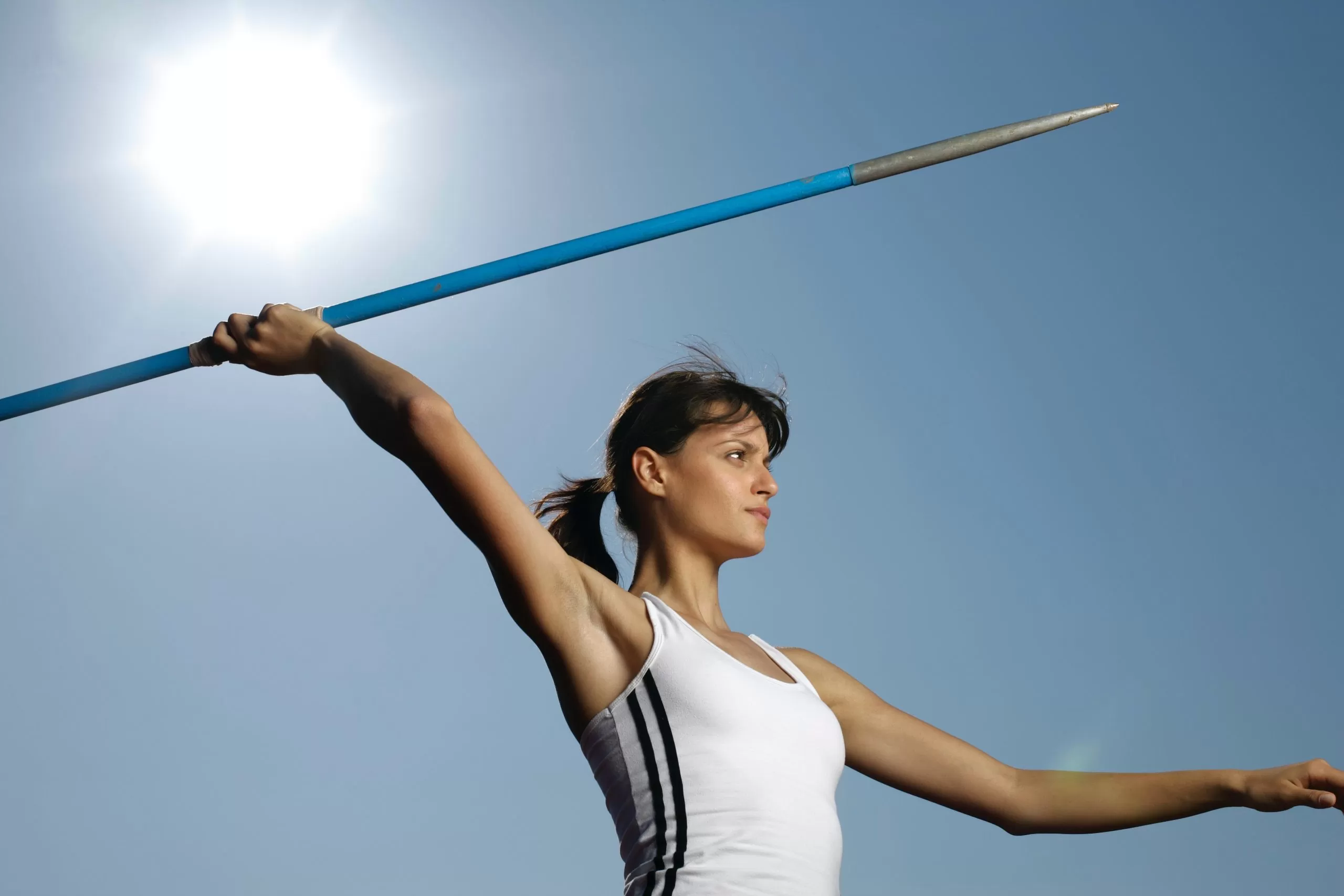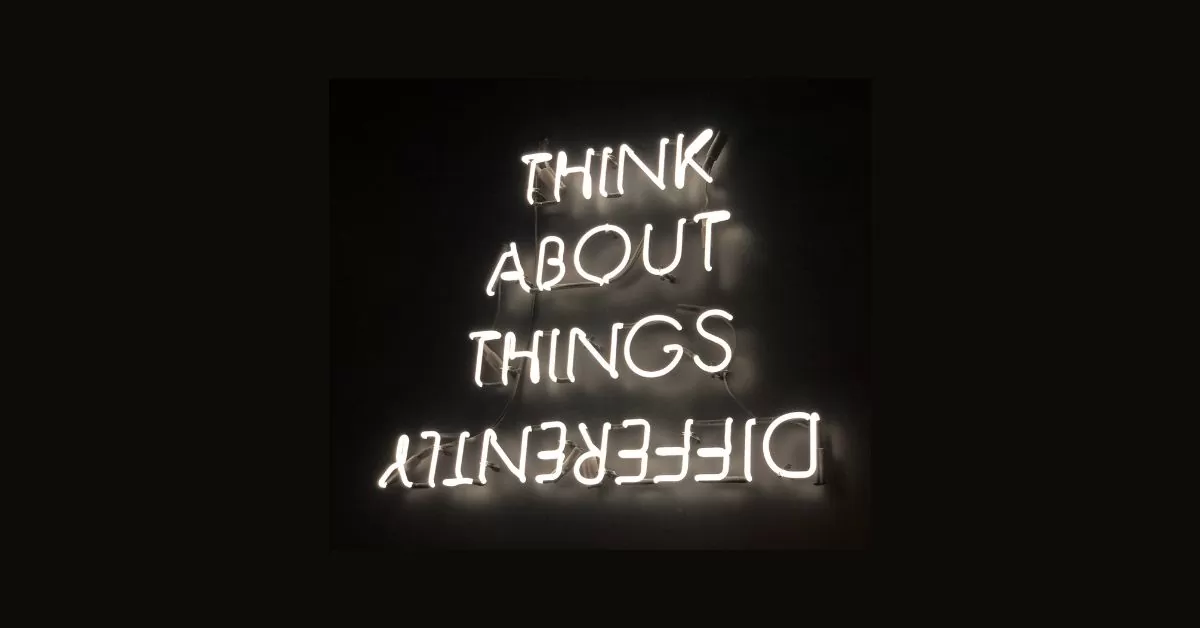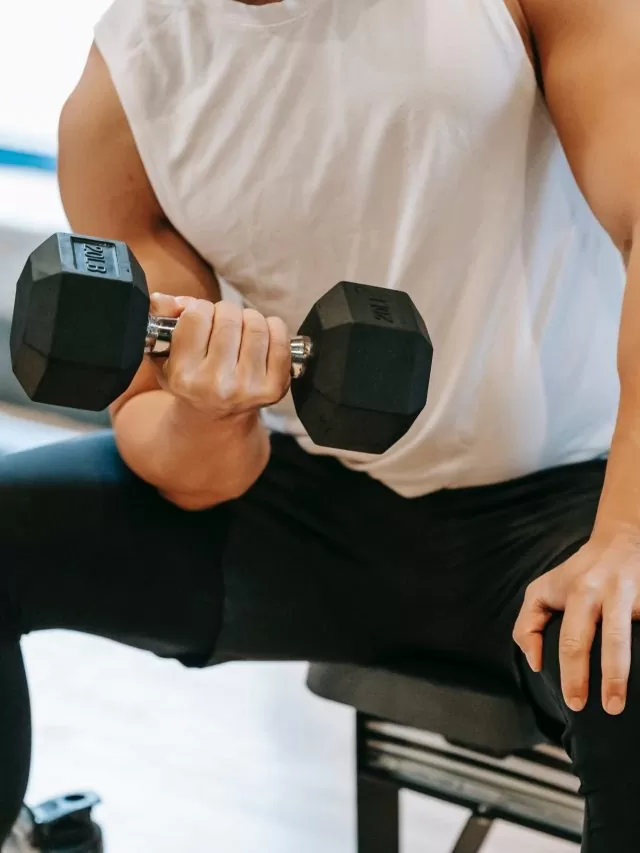Don’t you know that through acupressure, you can stop Headache and it also helps in a good sleep. Well, acupressure actually helps you to deal with these. So, If you are looking for a natural way to improve your sleep, acupressure may be worth trying. There are several Acupressure points for Sleep on the body that you can try.
How Can Acupressure Help with Sleep?
Acupressure is an ancient Chinese healing practice that involves applying pressure to specific points on the body. Proponents of acupressure believe that this pressure can help to release tension and promote healing.
There is some scientific evidence to support the use of acupressure for sleep. A study published in 2008 found that acupressure was effective in improving sleep quality in people with insomnia. Another study published in 2011 found that acupressure may be helpful in reducing symptoms of fatigue.
Some Acupressure points for Sleep
1. Bai Hui
Also known as the crown point, is located on the head. Stimulating this point can help to clear the mind and promote relaxation. To find Bai Hui, feel for the soft spot on the top of your head. Use your fingertips to apply gentle pressure in a circular motion for 1-2 minutes. You can also try:
2. Yin Tang:
This point is located between the eyebrows. Applying pressure to Yin Tang can help to ease stress and tension headaches.
3. Shen Men:
Also known as the “gate of heaven,” Shen Men is located on the inside of the wrist. This point is often used to help with anxiety and insomnia.
4. Zu San Li:
Zu San Li, or “leg three li,” is a point on the lower leg. Stimulating this point can help to improve digestion and relieve pain.
5. Nei Guan:
Nei Guan, or “inner gate,” is located on the forearm. This point is often used to treat nausea, vomiting, and stomach pain.
6. Yong Quan
Yong Quan, or “bubbling spring,” is located on the feet. This point is often used to treat stress, anxiety, and insomnia.
7. Tai Chong:
Tai Chong, or “great surging,” is located on the lower leg. This point is often used to treat headaches, fatigue, and dizziness.
8. An Mian
An Mian, or “peaceful sleep,” is located on the chest. This point is often used to treat insomnia and anxiety.
9. Hegu:
This point is located on the back of the hand, between the thumb and first finger. Applying pressure to Hegu can help to relieve pain and tension in the head, neck, and shoulders.
Applying pressure to these acupressure points can help to improve sleep quality and quantity. If you are new to acupressure, it may be helpful to consult with a licensed practitioner. They can show you how to properly stimulate pressure points and provide guidance on other self-care techniques that may be helpful for promoting sleep.
Acupressure is a safe and effective way to promote sleep. If you are having trouble sleeping, give these points a try!
- Go to bed and lie down on your back. Place a pillow under your head and neck. Advertisement
- Using your right thumb and forefinger, find the point between your eyebrows (this is known as the “third eye”). Gently massage this point for one minute.
- Next, locate the point on your forehead that is directly above the center of your eyebrows (this is known as the “wind gate”). Massage this point for one minute.
- Locate the hollow area in front of your earlobes (this is known as the “master point”). Gently massage this point for one minute.
- Find the point on your jawline directly below your earlobes (this is known as the “jaw point”). Gently massage this point for one minute.
- Locate the points on your temples, just below the outer edge of your eyebrows (these are known as the “temple points”). Gently massage these points for one minute.
- Finally, find the point at the base of your skull, in the hollow between your neck muscles (this is known as the “gate of consciousness”). Gently massage this point for one minute.
After massaging these points, you should feel more relaxed and sleepy. If you still have trouble falling asleep, repeat the process again. Acupressure is a safe and effective way to help improve your sleep. However, if you have any concerns or questions about using acupressure for sleep, be sure to speak with your healthcare provider first.
Other Natural Tips For Better Sleep
In addition to acupressure, there are other natural tips that you can use to promote better sleep. These tips include:
1. Creating a Bedtime Routine:
Establishing a regular bedtime routine can help to signal to your body that it is time to wind down and prepare for sleep. This routine might include taking a warm bath, reading a book, or writing in a journal.
2. Avoiding caffeine:
Caffeine is a stimulant that can interfere with sleep. If you are having trouble sleeping, avoid caffeine in the afternoon and evening hours.
3. Exercise regularly:
Exercise has many health benefits, including promoting better sleep. aim for 15 minutes of moderate exercise on most days of the week.
4. Make your bedroom conducive to sleep:
Creating an environment that is dark, quiet, and cool can help you to fall asleep and stay asleep. Consider investing in blackout curtains or an eye mask and earplugs to block out light and noise. Additionally, keep your bedroom temperature between 60 and 67 degrees Fahrenheit.
If you are struggling with sleep, acupressure may be worth a try. However, it is always important to speak with your healthcare provider first to ensure that acupressure is safe for you. Additionally, there are many other natural tips that can help promote better sleep. by incorporating these tips into your routine, you can help to get the restful night’s sleep that you deserve.









